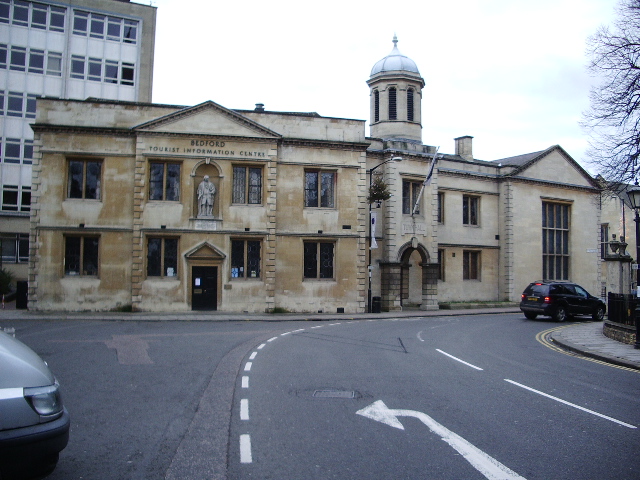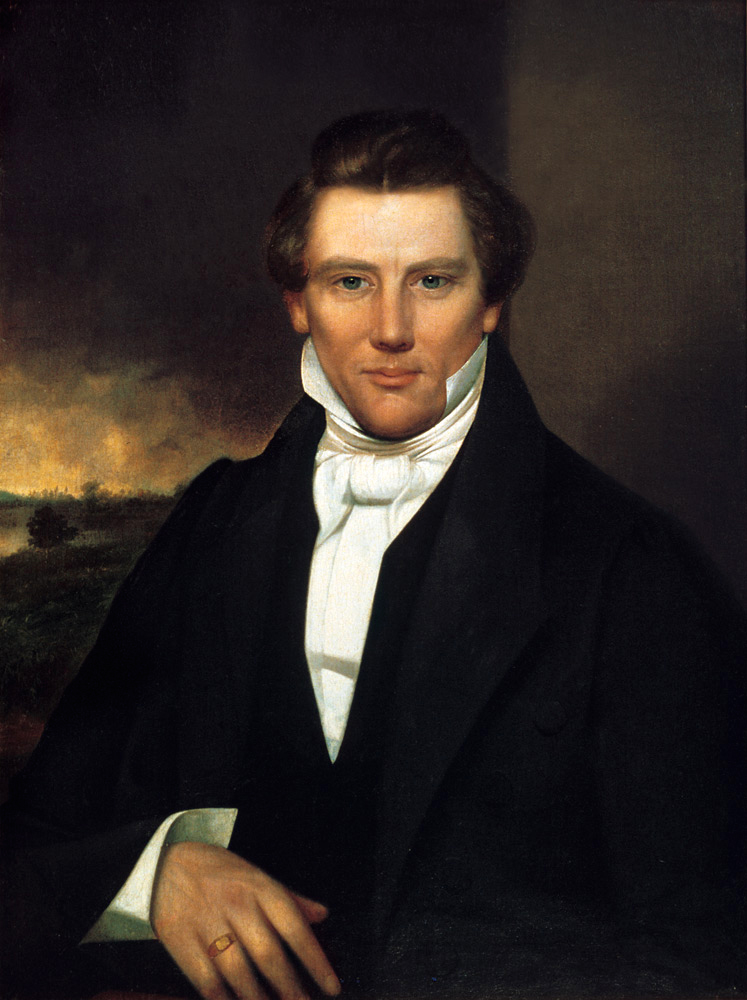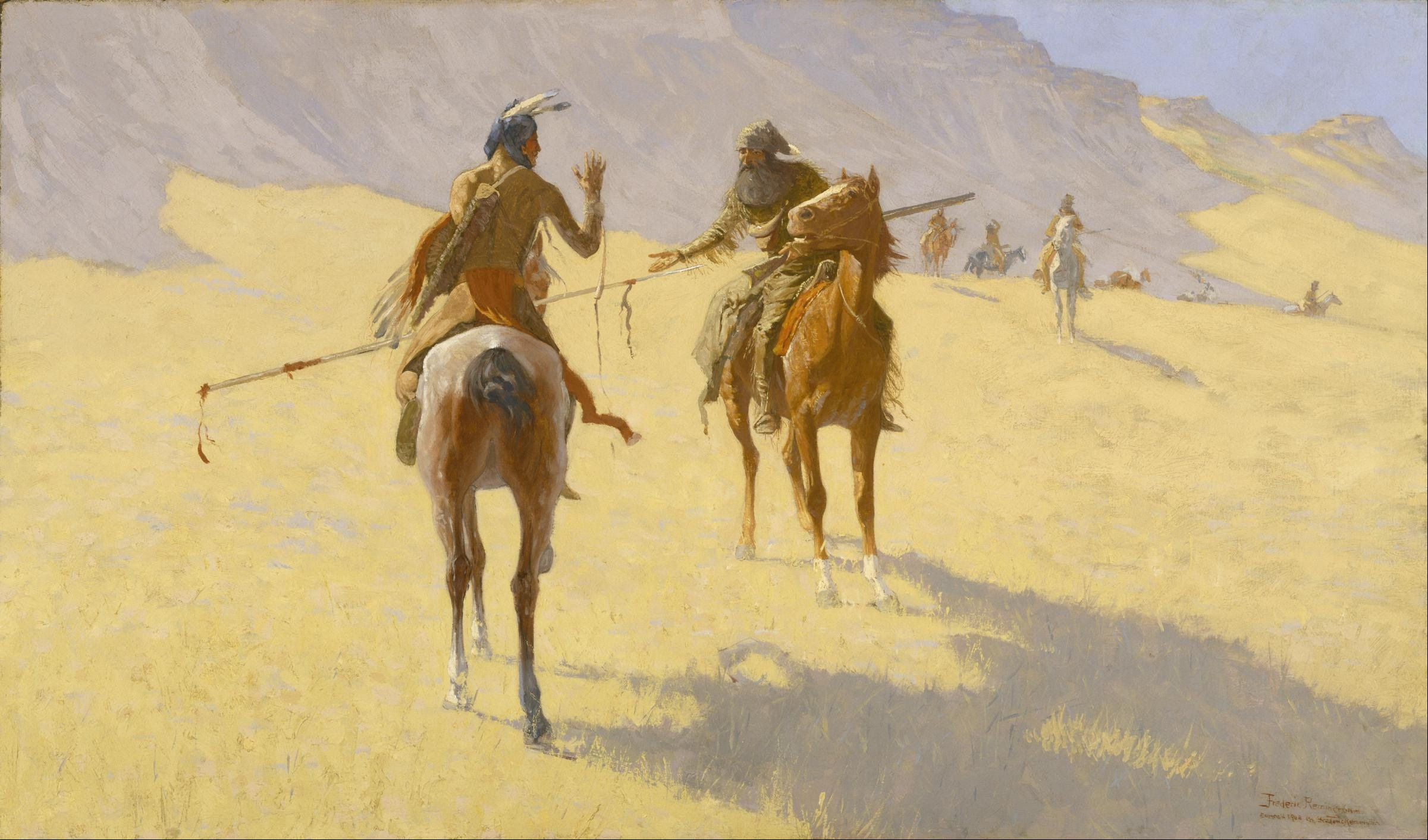|
J.E. Goodson
John Edward Goodson (1808 – 1892) was a 19th-century North American classical music educator, performer, composer, and conductor. Goodson, a highly skilled pianist and organist, was born and raised in London, England, and received his early education at the St. Paul's Cathedral School. The son of a London shoemaker, he fled the cholera epidemic of 1832–33 and emigrated to York, Upper Canada. After immigrating to the United States, he met Ralph Waldo Emerson while living and teaching music in Cincinnati, and was eventually lured to Boston by Emerson for a brief time. It was during this time that Goodson became the conductor of the Handel and Haydn Society. He was also mentioned in Emerson's notes about forming a "Boston Club" along with Nathaniel Hawthorne and Bronson Alcott. After leaving Boston in 1852, he lived out most of the remainder of his days in St. Louis, Missouri, continuing to teach music and also continuing to write and perform publicly. While unproven, it has been ... [...More Info...] [...Related Items...] OR: [Wikipedia] [Google] [Baidu] |
Clerkenwell
Clerkenwell () is an area of central London, England. Clerkenwell was an ancient parish from the mediaeval period onwards, and now forms the south-western part of the London Borough of Islington. The well after which it was named was rediscovered in 1924. The watchmaking and watch repairing trades were once of great importance. Geography Goswell Street formed the eastern boundary of the Clerkenwell parishes, with the River Fleet, now buried beneath Farringdon Road and other streets, forming the western boundary with Holborn and, in part, St Pancras. This western boundary with both neighbouring areas is now used as part of the London Borough of Islington’s western boundary with the London Borough of Camden. Pentonville is a part of northern Clerkenwell, while the southern part is sometimes referred to as Farringdon, after the railway station of that name – which was named after Farringdon Road (an extension of Farringdon Street) and originally named Farringdon Street S ... [...More Info...] [...Related Items...] OR: [Wikipedia] [Google] [Baidu] |
Welsh People
The Welsh ( cy, Cymry) are an ethnic group native to Wales. "Welsh people" applies to those who were born in Wales ( cy, Cymru) and to those who have Welsh ancestry, perceiving themselves or being perceived as sharing a cultural heritage and shared ancestral origins. Wales is the third-largest Countries of the United Kingdom, country of the United Kingdom of Great Britain and Northern Ireland. In the Acts of Union 1707, the Kingdom of England and the Kingdom of Scotland merged to become the Kingdom of Great Britain. The majority of people living in Wales are British nationality law, British citizens. In Wales, the Welsh language ( cy, Cymraeg) is protected by law. Welsh remains the predominant language in many parts of Wales, particularly in North Wales and parts of West Wales, though English is the predominant language in South Wales. The Welsh language is also taught in schools throughout Wales, and, even in regions of Wales in which Welsh people predominantly speak English ... [...More Info...] [...Related Items...] OR: [Wikipedia] [Google] [Baidu] |
Willard Richards
Willard Richards (June 24, 1804 – March 11, 1854) was a physician and midwife/nurse trainer and an early leader in the Latter Day Saint movement. He served as second counselor to church president Brigham Young in the First Presidency of the Church of Jesus Christ of Latter-day Saints (LDS Church) from 1847 until his death. Early life Willard Richards was born in Hopkinton, Massachusetts, to Joseph Richards and Rhoda Howe on June 24, 1804. He was the youngest of eleven children. At the age of four, he injured his head in a fall and was left with some residual muscle tremor and paralysis. As a child, Richards was very inquisitive and would ask questions and read constantly. This was especially the case during the six months the local congregational minister resided in his parents' household. Because of his tendency to ask questions as to why things were how they were, he was denied admission to the local congregational church. As the injury limited his physical activity, he ... [...More Info...] [...Related Items...] OR: [Wikipedia] [Google] [Baidu] |
Bedford
Bedford is a market town in Bedfordshire, England. At the 2011 Census, the population of the Bedford built-up area (including Biddenham and Kempston) was 106,940, making it the second-largest settlement in Bedfordshire, behind Luton, whilst the Borough of Bedford had a population of 157,479. Bedford is also the historic county town of Bedfordshire. Bedford was founded at a ford on the River Great Ouse and is thought to have been the burial place of King Offa of Mercia, who is remembered for building Offa's Dyke on the Welsh border. Bedford Castle was built by Henry I of England, Henry I, although it was destroyed in 1224. Bedford was granted borough status in 1165 and has been represented in Parliament since 1265. It is known for its large Italians in the United Kingdom, population of Italian descent. History The name of the town is believed to derive from the name of a Saxon chief called Beda, and a Ford (crossing), ford crossing the River Great Ouse. Bedford was a marke ... [...More Info...] [...Related Items...] OR: [Wikipedia] [Google] [Baidu] |
Preston, Lancashire
Preston () is a city on the north bank of the River Ribble in Lancashire, England. The city is the administrative centre of the county of Lancashire and the wider City of Preston local government district. Preston and its surrounding district obtained city status in 2002, becoming England's 50th city in the 50th year of Queen Elizabeth II's reign. Preston has a population of 114,300, the City of Preston district 132,000 and the Preston Built-up Area 313,322. The Preston Travel To Work Area, in 2011, had a population of 420,661, compared with 354,000 in the previous census. Preston and its surrounding area have provided evidence of ancient Roman activity, largely in the form of a Roman road that led to a camp at Walton-le-Dale. The Angles established Preston; its name is derived from the Old English meaning "priest's settlement" and in the ''Domesday Book'' is recorded as "Prestune". In the Middle Ages, Preston was a parish and township in the hundred of Amounderness an ... [...More Info...] [...Related Items...] OR: [Wikipedia] [Google] [Baidu] |
Book Of Mormon
The Book of Mormon is a religious text of the Latter Day Saint movement, which, according to Latter Day Saint theology, contains writings of ancient prophets who lived on the American continent from 600 BC to AD 421 and during an interlude dated by the text to the unspecified time of the Tower of Babel. It was first published in March 1830 by Joseph Smith as ''The Book of Mormon: An Account Written by the Hand of Mormon upon Plates Taken from the Plates of Nephi''. The Book of Mormon is one of four standard works of the Latter Day Saint movement and one of the movement's earliest unique writings. The denominations of the Latter Day Saint movement typically regard the text primarily as scripture and secondarily as a record of God's dealings with ancient inhabitants of the Americas. The majority of Latter Day Saints believe the book to be a record of real-world history, with Latter Day Saint denominations viewing it variously as an inspired record of scripture to the lynchpin or ... [...More Info...] [...Related Items...] OR: [Wikipedia] [Google] [Baidu] |
Kirtland, Ohio
Kirtland is a city in Lake County, Ohio, United States. The population was 6,937 at the 2020 census. Kirtland is known for being the early headquarters of the Latter Day Saint movement from 1831 to 1837 and is the site of the movement's first temple, the Kirtland Temple, completed in 1836. The city is also the location for many parks in the Lake Metroparks system, as well as the Holden Arboretum. History After the founding of the United States, northern Ohio was designated as the Western Reserve and was sold to the Connecticut Land Company. The area was first surveyed by Moses Cleaveland and his party in 1796. Kirtland is named for Turhand Kirtland, a principal of the Connecticut Land Company and judge in Trumbull County, the first political entity in Ohio that included Kirtland township. Kirtland, a veteran of the American Revolutionary War, demonstrated "both breadth of vision and integrity" in his fair dealings with the local Native Americans. He was known for his bravery, ... [...More Info...] [...Related Items...] OR: [Wikipedia] [Google] [Baidu] |
The Church Of Jesus Christ Of Latter-day Saints
The Church of Jesus Christ of Latter-day Saints, informally known as the LDS Church or Mormon Church, is a Nontrinitarianism, nontrinitarian Christianity, Christian church that considers itself to be the Restorationism, restoration of the One true church#Latter Day Saint movement, original church founded by Jesus in Christianity, Jesus Christ. The church is headquartered in the United States in Salt Lake City, Salt Lake City, Utah, and has established congregations and built Temple (LDS Church), temples worldwide. According to the church, it has over 16.8 million the Church of Jesus Christ of Latter-day Saints membership statistics, members and 54,539 Missionary (LDS Church), full-time volunteer missionaries. The church is the Christianity in the United States, fourth-largest Christian denomination in the United States, with over 6.7 million US members . It is the List of denominations in the Latter Day Saint movement, largest denomination in the Latter Day Saint m ... [...More Info...] [...Related Items...] OR: [Wikipedia] [Google] [Baidu] |
John Taylor (Mormon)
John Taylor (1 November 1808 – 25 July 1887) was an English-born religious leader who served as the third president of the Church of Jesus Christ of Latter-day Saints (LDS Church) from 1880 to 1887. He is the first and so far only president of the LDS Church to have been born outside the United States. Early life Taylor was born in Milnthorpe, Westmorland (now part of Cumbria), England, the son of James and Agnes Taylor. He had formal schooling up to age fourteen, and then he served an initial apprenticeship to a cooper and later received training as a woodturner and cabinetmaker. He claimed that as a young man, he had a vision of "an angel in the heavens, holding a trumpet to his mouth, sounding a message to the nations"—which he would later identify as the angel Moroni. He was christened in the Church of England, but joined the Methodist church at sixteen. He was appointed a lay preacher a year later, and felt a calling to preach in North America. Taylor's parents a ... [...More Info...] [...Related Items...] OR: [Wikipedia] [Google] [Baidu] |
Church Of Christ (Latter Day Saints)
The Church of Christ was the original name of the Latter Day Saint church founded by Joseph Smith. Organized informally in 1829 in New York and then formally on April 6, 1830, it was the first organization to implement the principles found in Smith's newly published Book of Mormon, and thus its establishment represents the formal beginning of the Latter Day Saint movement. Later names for this organization included the Church of the Latter Day Saints (by 1834 resolution),"Minutes of a Conference" '''', vol. 2, no. 20, p. 160 (May 1832). the Church of Jesus Christ, |
Upper Canada
The Province of Upper Canada (french: link=no, province du Haut-Canada) was a part of British Canada established in 1791 by the Kingdom of Great Britain, to govern the central third of the lands in British North America, formerly part of the Province of Quebec since 1763. Upper Canada included all of modern-day Southern Ontario and all those areas of Northern Ontario in the which had formed part of New France, essentially the watersheds of the Ottawa River or Lakes Huron and Superior, excluding any lands within the watershed of Hudson Bay. The "upper" prefix in the name reflects its geographic position along the Great Lakes, mostly above the headwaters of the Saint Lawrence River, contrasted with Lower Canada (present-day Quebec) to the northeast. Upper Canada was the primary destination of Loyalist refugees and settlers from the United States after the American Revolution, who often were granted land to settle in Upper Canada. Already populated by Indigenous peoples, land ... [...More Info...] [...Related Items...] OR: [Wikipedia] [Google] [Baidu] |
Parley P
A parley (from french: link=no, parler – "to speak") refers to a discussion or conference, especially one designed to end an argument or hostilities between two groups of people. The term can be used in both past and present tense; in present tense the term is referred to as parleying. In some cases, opposing parties would signal their intent to invoke parley by using a white flag, however the use of a white flag to invoke or request parley is not considered mandatory. The term ''parley'' has been used to refer to numerous high-profile meetings of the 20th century, including the London and Paris Conferences held in 1954 to determine the status of West Germany. In popular culture Below are some examples where a parley is a significant element of the plot. * The Last of the Mohicans features a scene depicting a parley at the end the siege of Fort William Henry. * In the ''Pirates of the Caribbean'' series, parley is a plot device introduced in the first film, '' Pirates of ... [...More Info...] [...Related Items...] OR: [Wikipedia] [Google] [Baidu] |









